Take Me Back: Background and Design Process

The world has been heavily affected by the Covid-19 virus. People gradually turn from fear and anxiety to be accustomed to the current living style . While everyone is looking forward to returning to the previous life, daily life seems to be inseparable from all kinds of care protections. Even the most fabulous city center has once became desolated.
While the whole world is trying the best to recover, the fictional liked life has incurred so much inspiration for designers and artists. Questions and Speculations have been made and developed into different types of projects to reflect our real-world story.
Two questions have been brought up a lot to think about our past and future:
- When can we get back to "normal"?
- What would the world be like if the viruses could not be controlled?
Based on the background questions, our team came up with a story about one corner of the "abandoned world" that happened when the virus raged over the world, and how to "save the world." It sounds like a big topic, but we start from a small scene to incorporate the story where the players can observe and speculate the game world background when they explore in the environment.
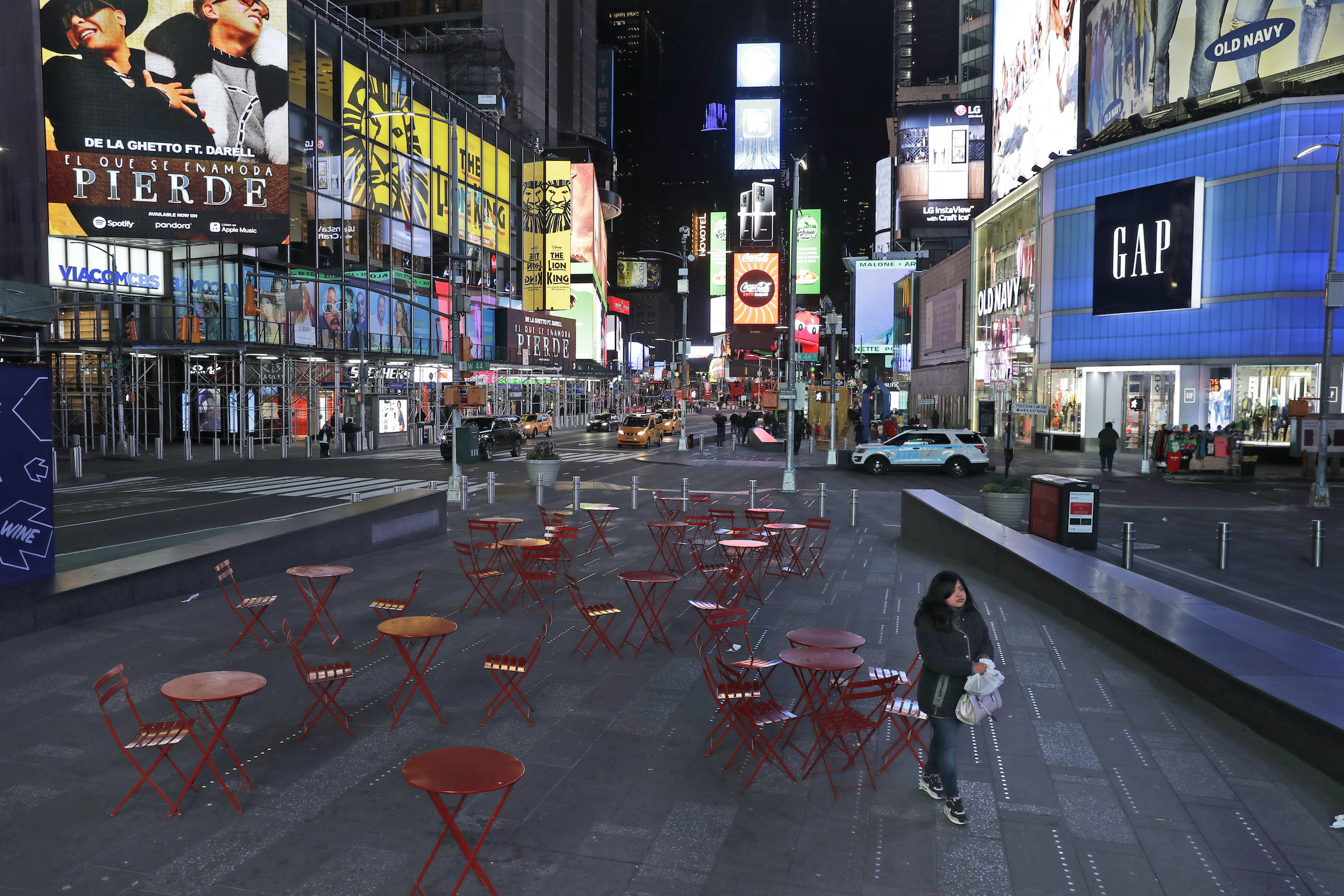
Gaming Process:
Our story happens inside the train of the NYC subway station. The player starts in the scene inside the train and could not get out but only observing the outside station view. The interactive storyline happens inside of the train. The shitty and shallow situation and the objects would suggest to the player that this is an abandoned place. The posters, advertisements, and other objects designed for "pick up", such as masks and gloves would give more information about the background of the story to the player.
When the player collects the needed tool and found the button to open the subway door, the play can transfer into the next train track. The second train is where the player should be able to find the "important button" to take it back to the normal world.
- Storyboarding
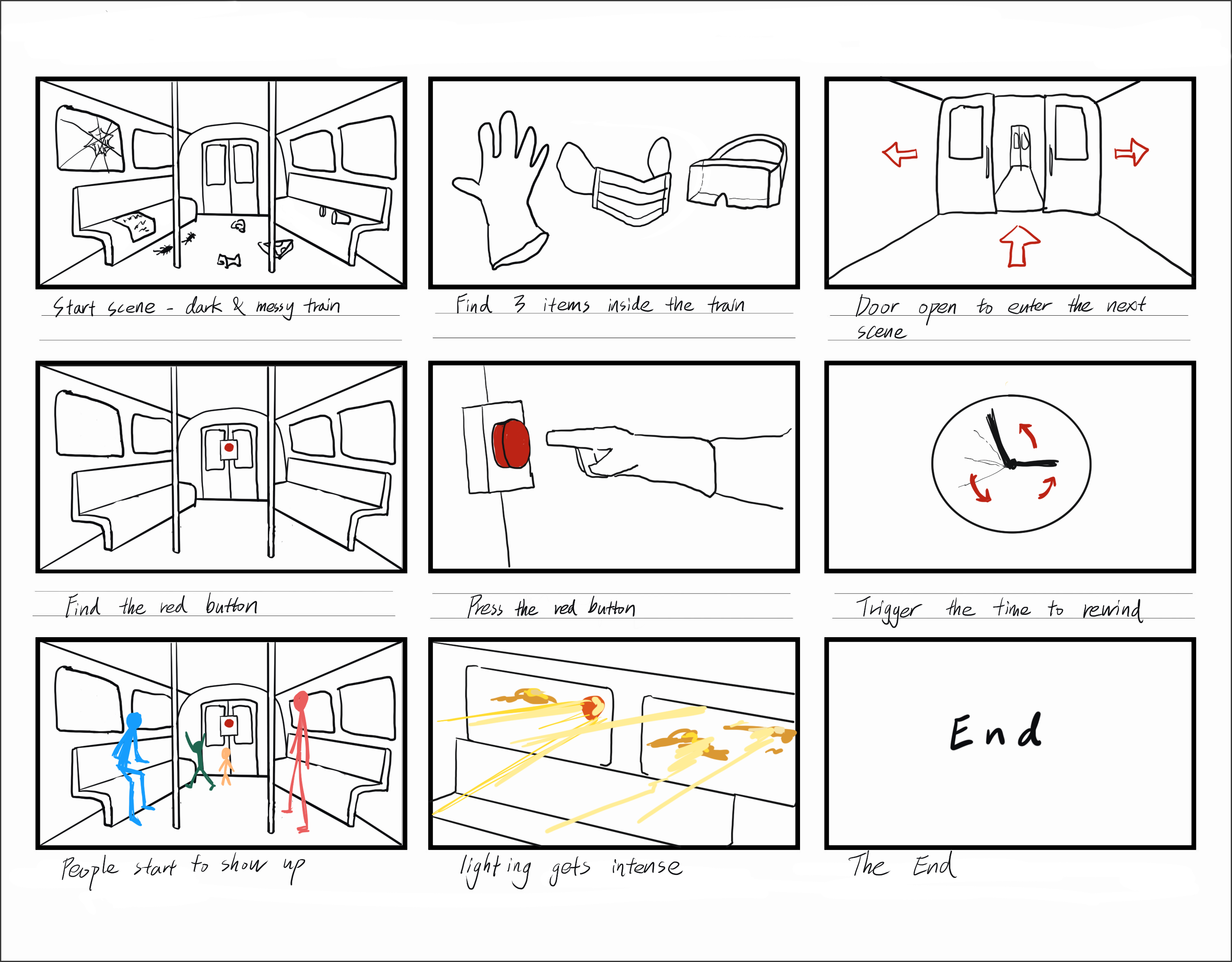
- Game Scenes
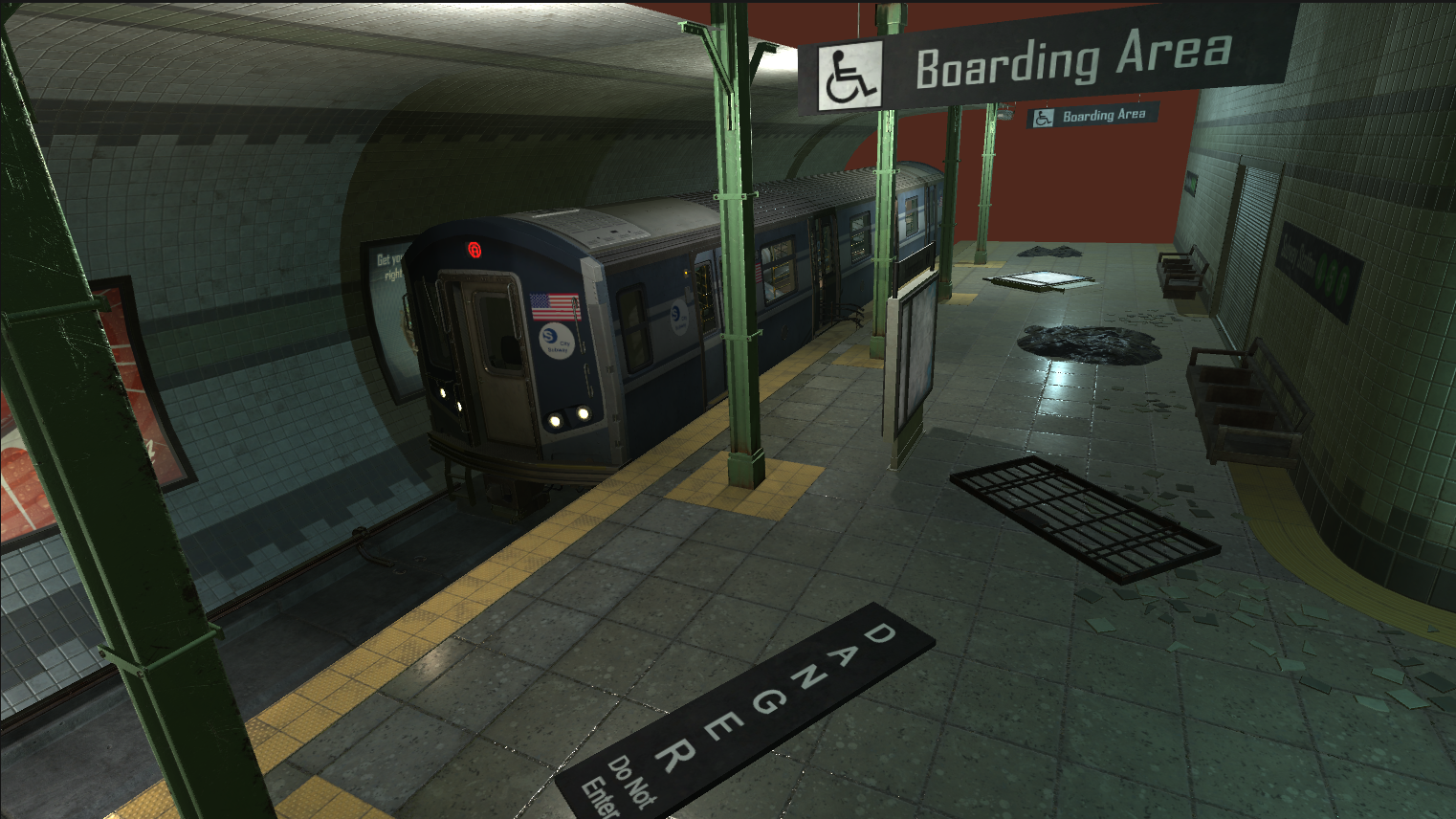
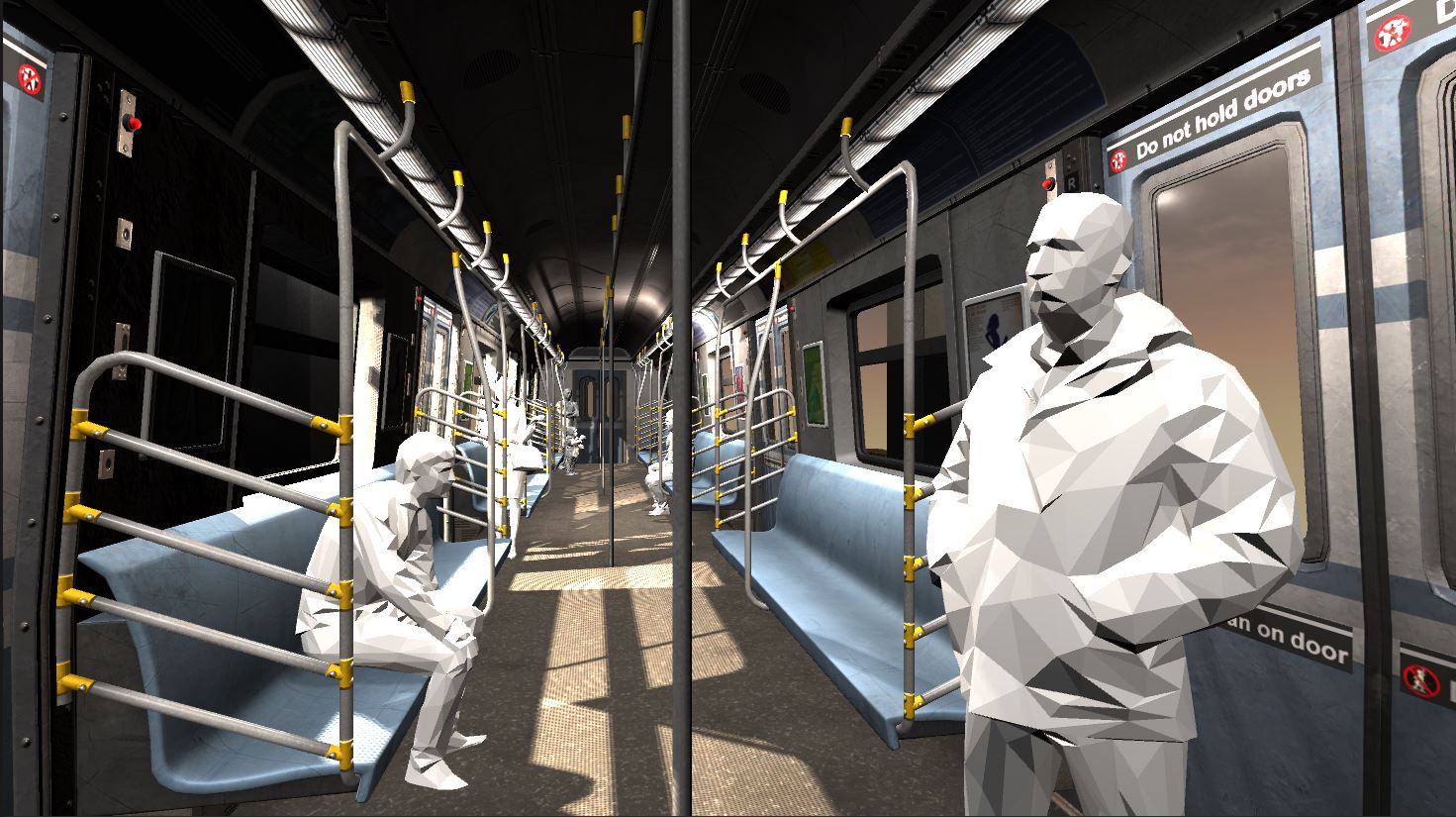
- Interactive Design
We have designed a few different interactive types in the game, and below are 4 main types. In this game, the player is able to pick up things like the mask, or just simply pick up and put down some objects in the train for fun. There's a newspaper on the subway seat, which the player can click to unfold and see the information. The door of the first train track could be opened when the player is trying to get through, and that's where the player could get to the next scene. In the second train, there's a button on the wall which could be pushed and get to the final scene.
- Details
Other than the objects and newspaper information, we tried to build more details in the scene which could give more hints to the story background. For example, there are advertisements outside the train on the tunnel wall which are related to the Covid-19 situation.

Development Process
Each person in our team has very specific work to do since we designed 2 main scenes based on the background and gaming process. Among the four team members, two of us were for modeling and visual effects, and the other two focused on the coding part.
The overall development process was good until we actually started testing and adjusting code. The debugging work is so much tedious than we expected. We've met many several different problems either with the physics engine or the interactive coding.
- Play-testing feedback
One of the most common problem we met is with the collider. We have the mesh collider for the train track at first since it's very complicated, but it didn't work well. It caused the player to be able to "run out of the train" or stuck in the model. We have to tear apart everything or adding multiple colliders to the models to make sure everything's separated so that would work.
We also have met multiple other problems mostly with the physical engine or the coding arrangements. Sometimes it's hard to figure out some bugs with the code when each of us push or publish a new version to the corporation unity document. Every time we play we find new problems, and the last few days we just spent for fixing them. It was a boring and tiring work, but very necessary. It is an inevitable workflow in game developing and we understand how important is it.
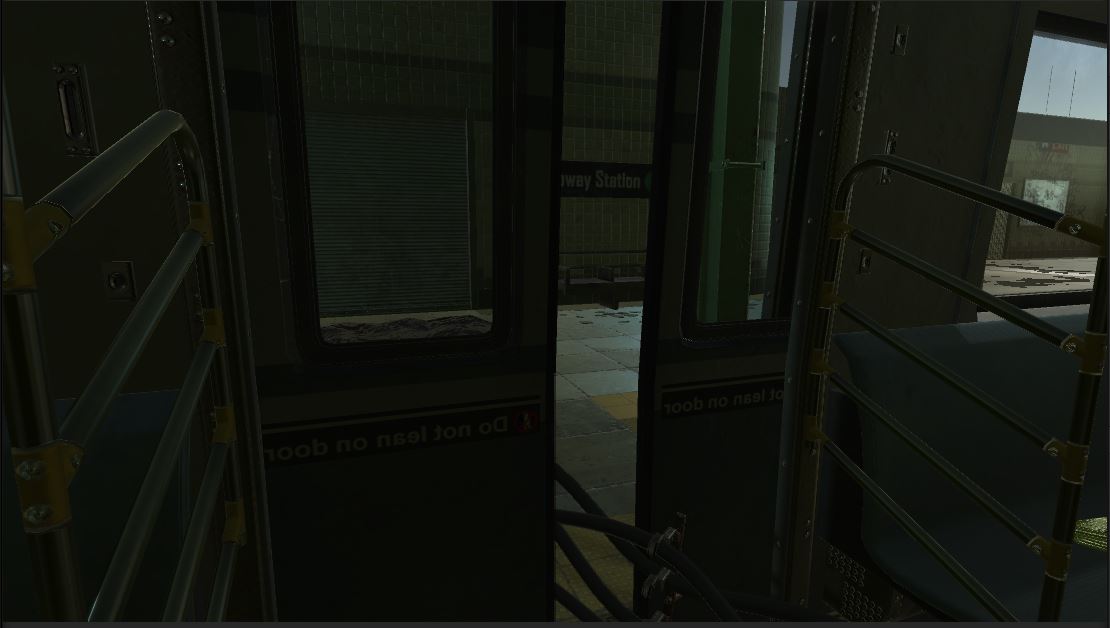

Postmortem
The process of developing this 3D experience with Unity makes us better understand the structure of building a game. 3D environment. We have met different problems and also went through the tough and painful part - testing and fixing bugs. There have been a few points that we. considered as success and fun experience as while as problems that still need to be fixed.
- Successes
We consider the adjusting of our models and lighting, the overall interactive design process are good. We have a very nice team work environment and everyone contributes a decent amount to the game. We build the storyline and try to give more details I would say we could work more on the details to give the players a better experience.
- Failures
There are still a few small bugs that we didn't end up fixing. The main one is with the interactive part of "pickup" and put down things. We designed to have the objects in the train able to be taken by the player and also throw away. But it doesn't work that well for some objects and we couldn't figure out the reason. Our guess is that it might still be something wrong with the physical engine like collider adjustment.
- Lessons Learned
One of the most important things we've learned is how important and crucial it is to test the game and analyze the problem. We also found that a communication between the model people and coding people could help pushing the success of the game. We've messed up with a few parts when we were working on developing due to the unclear statement of the models with coding.
- Future Development
For further development, we would say that the first thing is to fix even small bugs. That would give a so much better experience to the players. Definitely adding more details and extra storyline-related objects and graphics such us advertisements and posters would make the game better to understand. We also feel like some text-ui could be introduced to make the game interact better with players.
Get Take Me Back
Take Me Back
An interactive exploration experience in the abandoned part of the world
| Status | Released |
| Author | Sarita Sun |
| Genre | Role Playing |
| Tags | Singleplayer |
Leave a comment
Log in with itch.io to leave a comment.